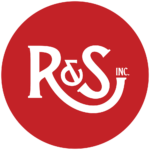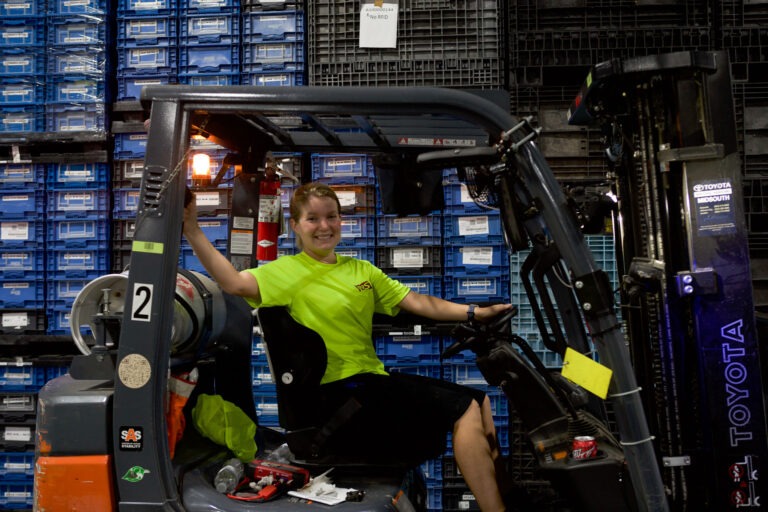Enhancing the efficiency of manufacturing parts and maintenance inventory management processes can be incredibly challenging for several reasons. As a manufacturer, you likely grapple with limited space constraints, multiple locations, lead times, and unpredictable demand patterns. Overcoming these hurdles requires careful planning, technology adoption, and workforce engagement. Besides, collaborating with suppliers creates an efficient and adaptable inventory management system. Read on to discover the best practices to help you streamline parts and maintenance inventory processes.
Understand Your Inventory Needs
Start by evaluating the types of parts, maintenance supplies, and materials your manufacturing processes require. Consider factors like lead times, demand variability, and criticality. This detailed analysis will be the foundation for your comprehensive inventory management strategy.
Embrace Just-In-Time (JIT) Inventory
Adopting a Just-In-Time (JIT) inventory system is an effective approach to streamlining inventory. JIT minimizes the need for excessive on-site storage. It ensures that parts and supplies arrive precisely when needed. Also, it reduces transport costs, frees up valuable space, and maintains production efficiency.
Centralize Inventory Control
For manufacturers with multiple locations, centralizing inventory control can yield significant benefits. Establish a central hub for monitoring and managing inventory levels across all sites. This promotes visibility and minimizes redundancy.
Leverage Technology
Modern inventory management systems and software solutions offer real-time visibility into your inventory. These tools can help you automate replenishment, track usage patterns, and generate data-driven insights. Ultimately, technology will enhance efficiency and accuracy in your inventory management processes.
Refine Procurement
Streamline your procurement processes to decrease administrative overhead and ensure timely acquisition of parts and materials. Consider establishing preferred supplier agreements and negotiated contracts to secure favorable terms.
Outsource Warehousing
Inventory management can be demanding and complicated for businesses, requiring meticulous attention to detail and significant resources. The difficulties increase as your business deals with a diverse range of products and the constant pressure to minimize carrying costs while ensuring product availability. These responsibilities can quickly become overwhelming.
As a result, your team may divert their attention and resources from your core business functions. Outsourcing inventory management to a trusted partner offers a compelling solution to this problem. It allows you to offload the burdensome and time-consuming aspects of handling inventory. Therefore, you can channel your efforts toward the areas where your business excels.
The advantages you enjoy from outsourcing warehousing include the following;
- Expertise and Resources
Professional inventory management is equipped with the technology and infrastructure needed to handle your inventory processes efficiently. These service providers excel at optimizing storage space and maintaining optimal stock levels. In addition, they implement efficient order fulfillment procedures.
- Scalability
Inventory needs can fluctuate significantly over time. When you partner with a competent third-party warehousing company, you gain the flexibility to scale your warehousing and distribution operations in response to changing demands. Your provider can rapidly adjust during peak periods to accommodate increased inventory requirements. The bottom line is that this arrangement spares you the expense of investing in additional facilities and personnel during the peak and off-peak seasons.
- Risk Mitigation
Most warehousing companies are adept at managing security and risk. They typically have robust security protocols and a comprehensive disaster recovery plan. This helps safeguard your inventory and ensure your operations are running smoothly. Moreover, they offer insurance options for stored goods. The aim is to minimize the financial risks of potential inventory loss or damage.
Effective parts and maintenance inventory management is the foundation of manufacturing success. Once you understand your needs, embrace technology or outsource warehousing to optimize your supply chain. This practice helps reduce costs and ensure your manufacturing operations run efficiently.
Leverage the specialized expertise and resources of 3PLs to make sure your products reach consumers in prime condition while upholding industry standards. Contact us at R&S to explore how our services can help you refine your parts and maintenance inventory processes.


